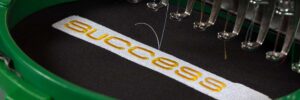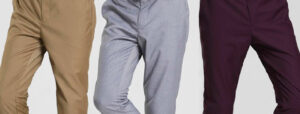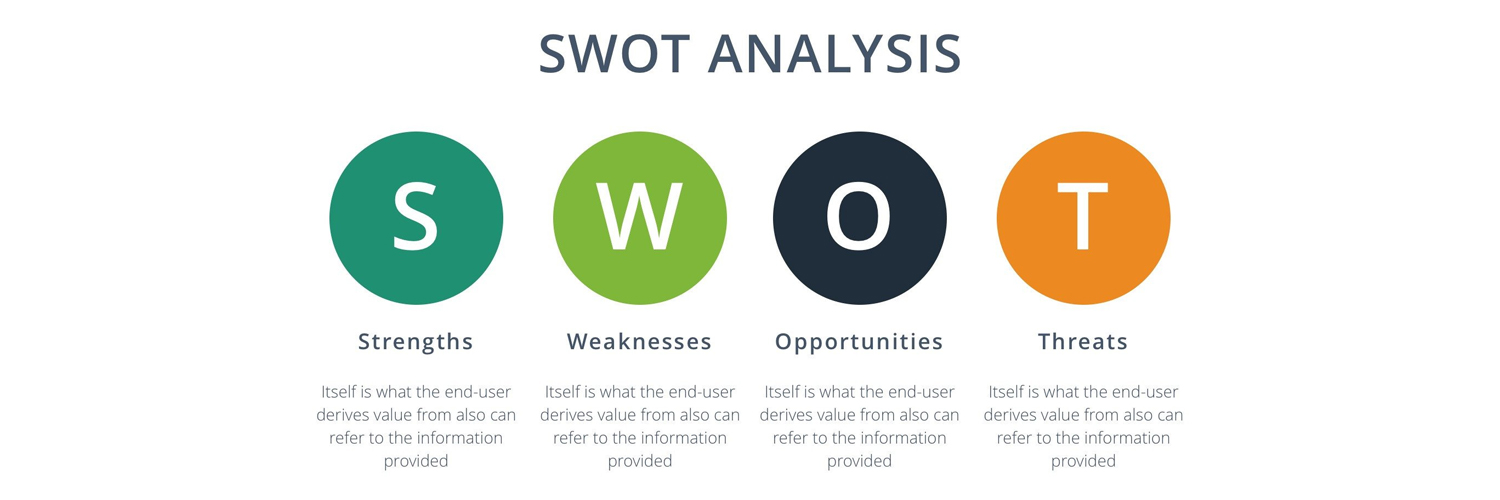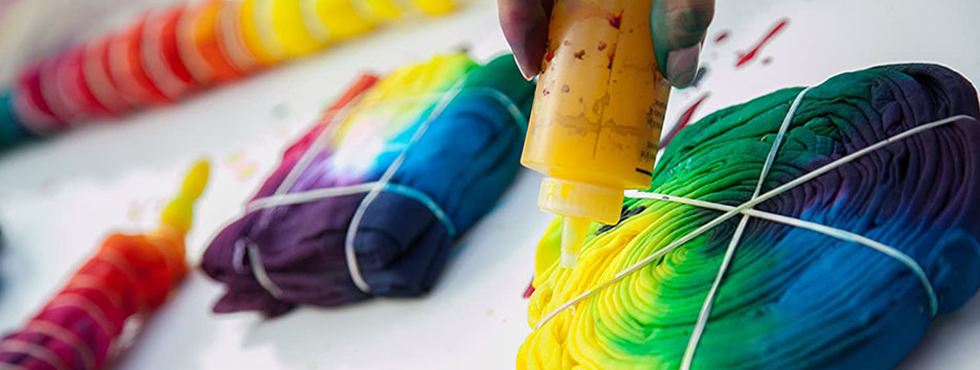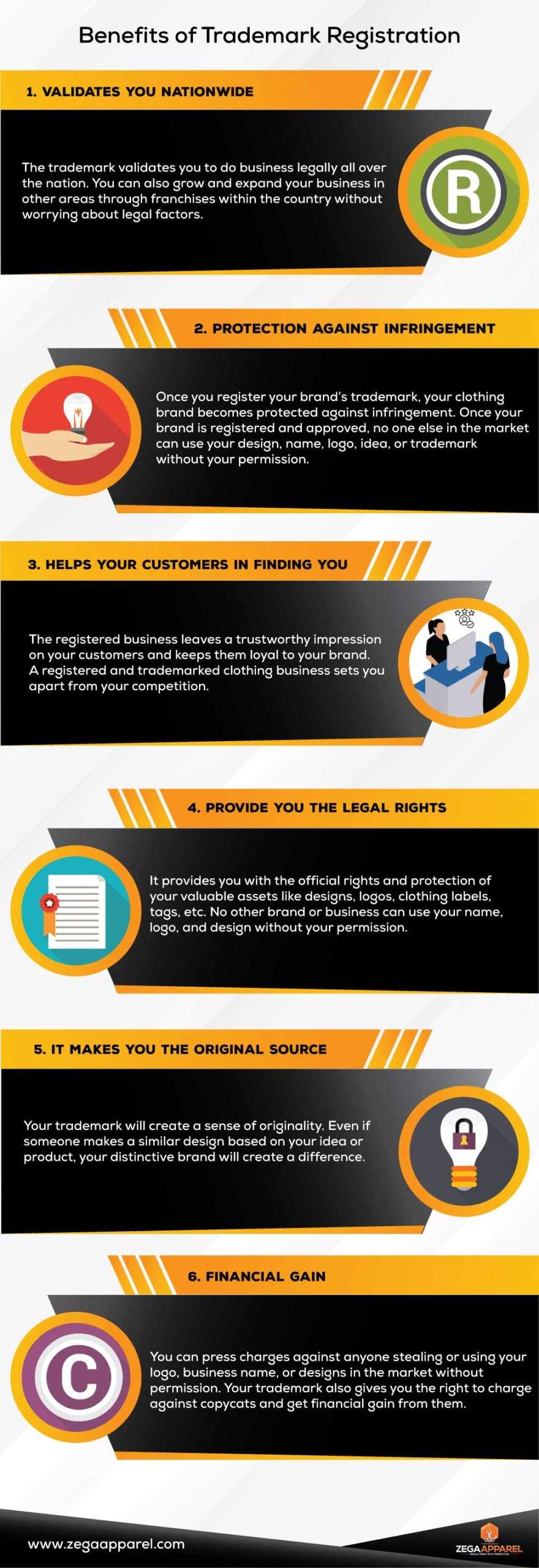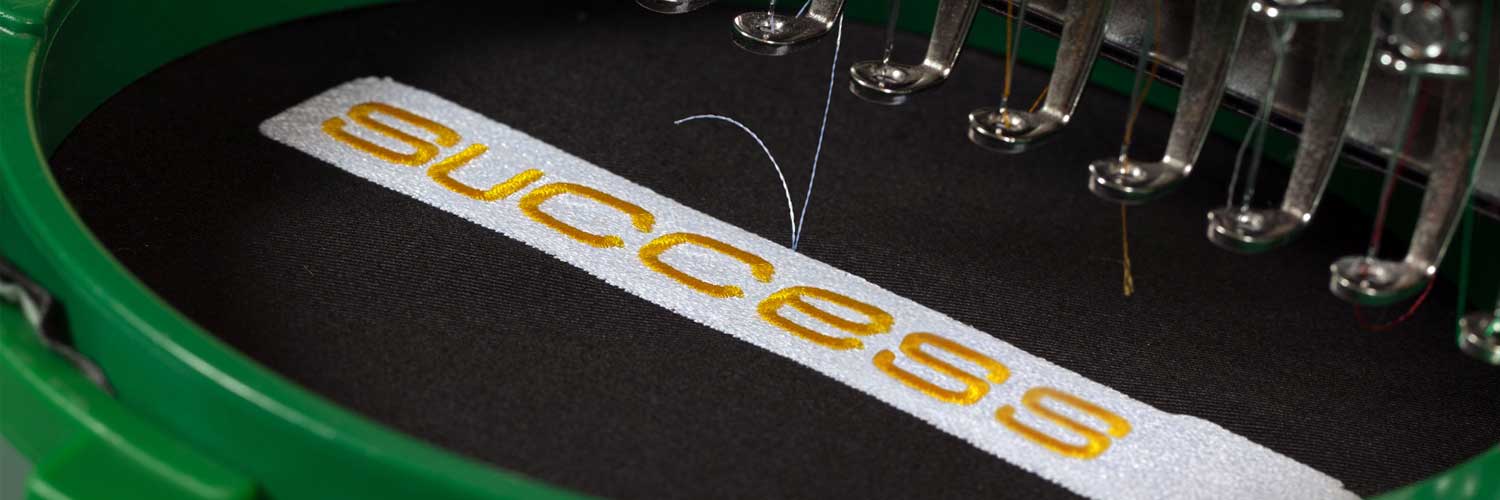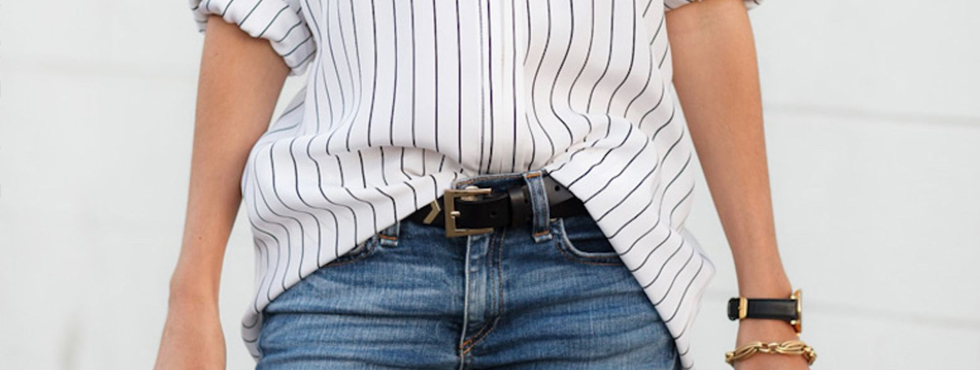“Sublimation printing” is a popular method that produces high-quality manufacturing designs and styles. All these impressive creative, unique designs and colors-blending over clothing lines result from Sublimation printing.
Sublimation printing use has increased enormously because it’s easy, stylish, cost-effective, easy to customize, and caters to a diverse audience. Being a renowned custom Clothing Manufacturer, we have vast experience working with sublimation printing.
We can answer all your questions regarding Sublimation printing, including what equipment is necessary to start Sublimation printing and more. So, let’s get to work and begin our exploration together.
What is Sublimation Printing?
Sublimation printing refers to manufacturing and printing clothes where the designs are transferred over the fabric or materials using ink and heat. It could be a photo frame, mug, T-shirt, or more. Sublimation printing requires a pristine specializing in printing design patterns using heat and ink.Or – in simple wordsSublimation printing is a method of printing that involves the printing of a design over a sheet of paper, which is heated against the fabric to transfer the plans over the material. When placed over the fabric, the ink is heated to ensure complete disintegration of the design over the fabric. Is the Sublimation printing method suitable?Sublimation printing is an innovative method for creating vibrant, stylish, and colorful clothing lines with sublimated prints that customers appreciate. Many major brands feature refined clothing lines in their product lineup, and their success speaks for itself: Customers love sublimated printing products.The magic of sublimation printing lies in between the printing process. The designs are directly converted over the fabric using the sublimation printers. Sublimation paper allows all design elements – logo, number, styles, colors, patterns – to be easily transferred onto fabric for permanent placement on its surface.
What is a sublimation paper?
Sublimation paper is an adhesive type used to transfer designs onto fabric, mugs, photo frames, and any other objects that come into contact with it. A sublimation paper is like a medium between design or any clothing product to which the design needs to be printed.
How does the sublimation printing work?

As mentioned, ink and heat are the main things involved in printing. Heat plays a significant part in sublimation printing. The sublimation prints bring the ink and fabric together with the help of heat. Depending on the case, the two main elements in the process are ink and heat used to transfer the designs over the clothes.How is design Sublimated into clothing?
A Summary of the Whole Sublimation Printing Process
Here is a detailed working summary of the sublimation Printing process:
- Dyeing filling
Initially, the sublimation printing dyes are filled in the printers, and the colors are filled according to the CMYK color partition.
(One good thing about Sublimation printing is that it has no restrictions over color. You can use ad whichever color you want in your design).
- Design transferring
The design or images are then printed over sublimation paper (A particular type of printing paper).
- Heating the ink
After transferring, heat transfers the ink to the fabric, initializing the sublimation process over clothes.
- Printing of design
The ink goes deep and fuses into the pores of the fabric so that the design becomes a permanent part of the clothes.
- Panel sewing
After that, the panels are sewn together from the front, back, and sideways, turning them into a complete finished product.
Pros & Cons of Sublimation Printing
Pros:
- Limitless Color Range
You get to choose from unlimited colors for designing
- Accurate & Vibrant Designs
The best method for creating authentic, vibrant color designs
- Easily Handles Complex Designs
Allows you to create complex designs all over the T-shirts.
- Prominent Design
The print doesn’t fade away as it’s permanently printed over the Shirt.
- Customers Pre-loved Printing Method
Sublimation printing is a popular style in the market that customers love, so your brand is more likely to sell when you sell unique, creative designs among your target audience.
- It doesn’t harden the fabric
Sublimation printing can produce a softer feel of fabric even with the complex design or printing, making it the best choice for uniforms, sportswear clothing lines, and more.
Cons
- Fading of design
Sublimation products will likely lose their design or printing if they are exposed to the sun or UV rays for longer.
- Image Enlargement
In making the digital image transfer, the printing might get limited by the original image resolution, or you might need to enlarge the maximum size of the designs over the clothing line.
- Darkest background needed
The designing area must be light-colored, as a darker background will result in a less visual design.
What are sublimation printers?
Sublimation printers are particular types designed to sublimate the design over the fabric. The printer inputs the structure, processes, and prints it over the specific type of printing paper that is further transferred over the material using heat, making the design a permeant part of the fabric.
Along with the sublimation printer, you will also need to invest in a heat press that can transfer the design over the clothing line. Sublimation printing is a popular method, so if you need to transfer the design over the mug, you will need to get a mug clamp to print the design over it.
What Do I Need For Sublimation Printing?
Here is the list of a couple of things you need for sublimation printing
- A sublimation printer
- Sublimation Printing Software
- Ink & Paper
- A particular type of paper to have a design printed over it
- Sublimation blanks
- Heat press
- Additional supplies
The list of additional supplies might include
- Spray
- Gloves
- Thermal tape
- Foam pillows
- Cover sheets of silicon
Best fabrics for Sublimation printing
So here are some of the best-suited fabrics that are good to go with sublimation printing.
- Polymer
- Polyester made fabric
- Ceramic
- PVC
- Polymer Coated Metal
- Polyester Coated Aluminum
- Poly cotton fabric
- Plastic
- Polyester
- Glass
- Apparel
- Mugs
- Accessories
Products Over Which You Can Sublimate Your Designs
One of the best features of the Sublimation printing is its versatility. You can quickly sublimate your design prints over various products. You have several options, such as Apparel, mugs, frames, home décor items, banners, and more. Here are some quick examples of everyday sublimation items:
The most popular area where Sublimation printing is widely used. You can quickly sublimate your design over shirts, t-shirts, hoodies(popular), Sweatshirts (popular), jumpsuits, swimsuits, and more.
Sublimation printing is a handy process to take any simple or complex design and print it over your fabric seamlessly.
The sublimated design on mugs looks pretty good. Customized profiles with brand logo, design, or custom text are popular in the fashion industry. The process is similar to mug printing, and the design is first printed over transfer paper and printed over mugs or accessories using an inkjet printer.
You can easily create a fashion statement with a sublimated print over one of your accessories. It could be anything from a sports bag, shoes, handkerchief, umbrella, or anything. As a custom clothing manufacturer, We have sublimated the designs in different accessories such as sports bags, ladies’ bags, towels, and more.
Have an idea in mind? Feel free to discuss this with us.
Also, you can add vibrant colors and designs to your living décor, walls, pillows, furniture, and more through sublimation printing.
Sublimation vs. DTG printing: Which is Best for You?
There is always an alternative to Everything. As we mentioned, dye sublimation printers work well over a light background, and DTG printing is a well-suited method for fabric with darker scenes.
The main difference between Sublimation and DTG printing is that DTG printing provides you with more incredible details and visibility over a darker background.
At the same time, Sublimation is not so efficient for it. Also, unlike Sublimation printing, DTG printing is efficient in printing over natural fibers like linen and cotton.
Which is best?
To answer the question of what is better, Sublimation or DTG, we would say both processes involve different processes, and both can outperform the other, having their own best results.
So, for example, if the Sublimation is well known for polyester materials, then on the other side, DTG printing is well known for printing over cotton or linen fabric.
One plus point that Sublimation printing has is that the design printed through the sublimation process is more likely to last longer and doesn’t fade away even after hundreds of washes.
Sublimation vs. Heat Transfer Printing: Which is Best for You?
Sublimation printing and heat transferring printing are two different printing processes widely used in the industry. While both of these processes are unique and beneficial in their own way, they have several differences. The biggest difference between these processes is that in the heat transfer printing method, the design is placed over a coating film that is pressed over the fabric using heat and power. The heat allows the design to immerse into the fabrics deeply.
Heat transfer printing is a comparatively less expensive method of printing. But the prints of heat transfer printing can fade over time, or the design will get a crack in between them design. At the same time, sublimation printing can result in vibrant and accurate color designs over the fabrics for longer times—the heat transfers. So most companies consider a sublimation process a more reliable process as results from sublimation printing are more durable and prominent.
How is the Sublimation Prints Method better than the Rest?
Sublimation printing offers the flexibility of using different fabrics, as it works well on many materials. It results in accurate color precision, and it efficiently prints detailed prints. This opens the room for uniqueness, creativity, and working over new styles.
You can efficiently utilize a whole range of full-color printing with sublimation printing. Moreover, sublimation printing is a cost-effective process.
Quick fact about Sublimation Printing:
If you are a clothing brand looking for a clothing line with permanent designs that never go off even after washing the fabric hundreds of times, Sublimation printing suits you.
The sublimation process is quick, cost-effective, and famous for smaller and larger batch clothing lines. The sublimation printing process allows you to choose a custom design with various customization options, providing flexibility.
Wrapping up
So here is a detailed guide about what sublimation printing is and how the sublimation process works. In this blog, we have mentioned the different types of fabric you can use in sublimation printing and how sublimation printing differs from DTG printing. The pain point in sublimation printing is handling the printer and heat transfer, as minor mishandling would lead to severe loss in the finished product. That’s why we have professionals with decades of experience and skillful workers handling our printing methods and clothing line manufacturing.

